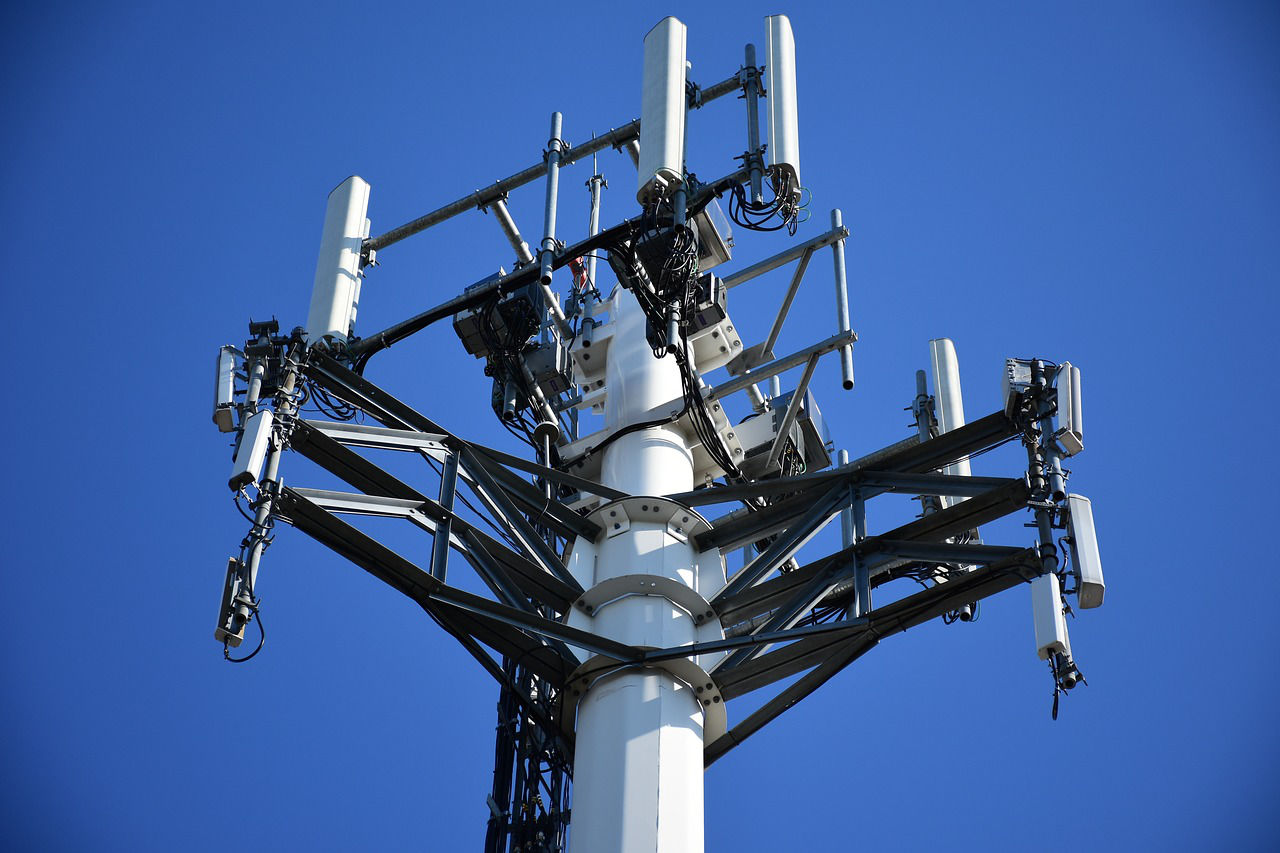With all four of the major U.S. carriers rolling out some form of 5G, there have been widespread concerns about potential health risks, especially regarding the millimeter wave (mmWave) variety.
Because mmWave has limited range, base stations and repeaters must be placed every couple to few hundred yards apart, blanketing areas with 5G signal and radio frequency (RF) emissions. Physicians, consumer groups and governments around the world have expressed concern, with some jurisdictions even putting a hold on further deployment until more research can be done.
In a recent report by the Federal Communications Commission (FCC), however, the body voted unanimously not to make changes to the guidelines governing wireless safety, believing the current standards are sufficient.
“After reviewing the extensive record submitted in response to that inquiry, we find no appropriate basis for and thus decline to propose amendments to our existing limits at this time” the report reads. “We take to heart the findings of the Food & Drug Administration (FDA), an expert agency regarding the health impacts of consumer products, that ‘[t]he weight of scientific evidence has not linked cell phones with any health problems.’ Despite requests from some to increase and others to decrease the existing limits, we believe they reflect the best available information concerning safe levels of RF exposure for workers and members of the general public, including inputs from our sister federal agencies charged with regulating safety and health and from well- established international standards.”
The FCC’s findings echo those by the Australian Radiation Protection and Nuclear Safety Agency (ARPANSA). According to ZDNet, Nathan Wahl, ARPANSA government international relations assistant director, told the Standing Committee on Communications and the Arts: “Our assessment of 5G is that it is safe.”




 WebProNews is an iEntry Publication
WebProNews is an iEntry Publication